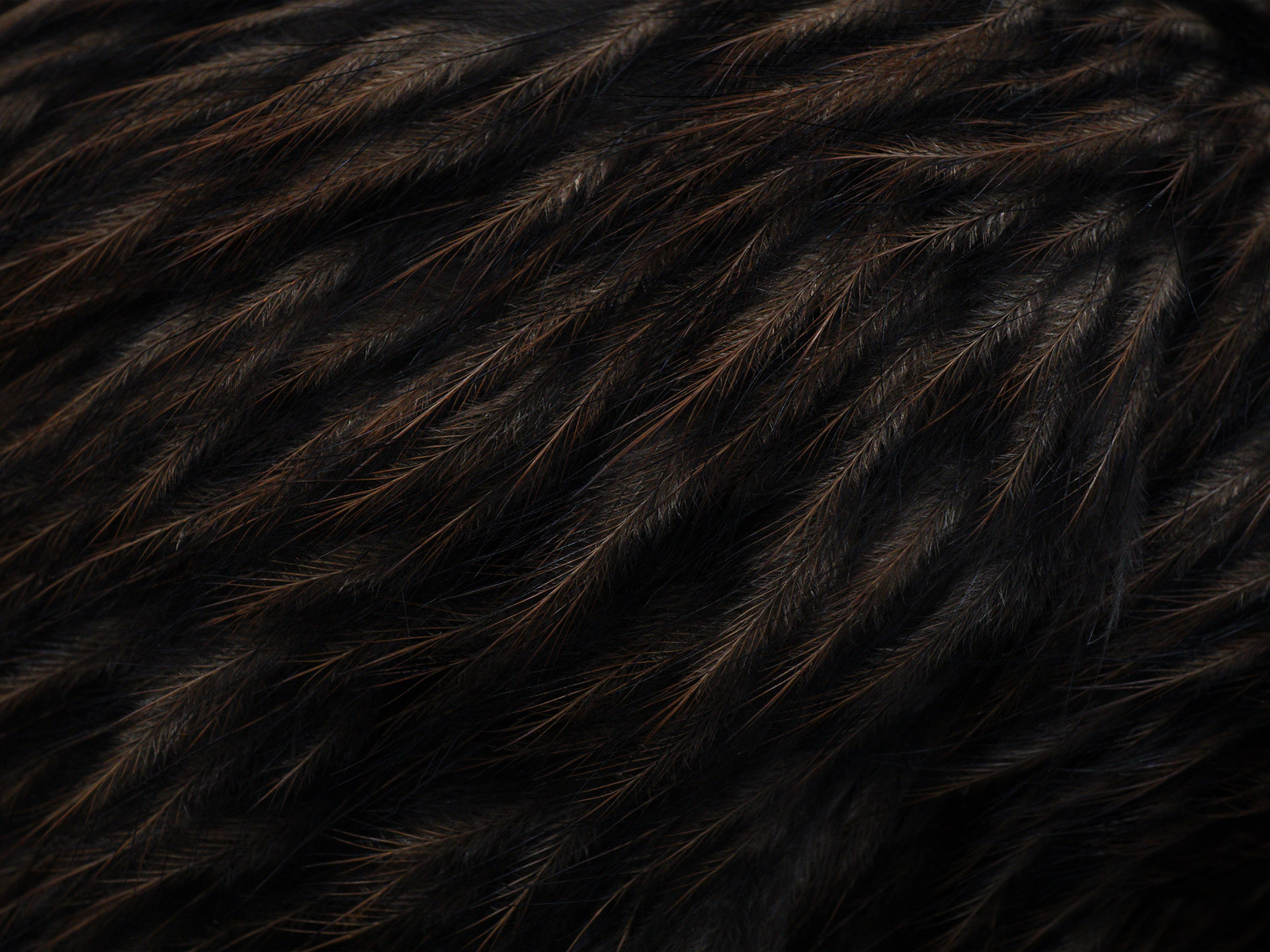Whiona (Fiona Burleigh) and Whin (Anthony Behren’s nickname is Fin) are taking their love for Te Araroa to another level. They have begun a 1309 km trek from Bluff to Picton, anticipating the entire South Island leg of the Te Araroa trail will take them approximately 12 weeks to complete. Along the way they are raising awareness of the Whio’s (Blue Duck) plight, while raising funds for Wildbase Recovery – a purpose built wildlife rehabilitation centre that will be built in Palmerston North’s Victoria Esplanade.
Fiona Burleigh (a radiographer and nuclear medicine technician at MidCentral Health) and Anthony Behrens (a self-employed web and graphic designer) from Palmerston North have been tramping since their children left home and became interested in Te Araroa when they realised it passed very close to their house.
The week Te Araroa opened in 2011 the couple walked the Feilding to Palmerston North stretch. Anthony says, “it took a long time and was at times unpleasant, but we fell in love with the concept of New Zealand’s great walk from then on.” They have since walked most of the way from Feilding to the southern coast of Wellington. When they aren’t tramping for fun, Fiona and Anthony tramp for Whio in the Oroua River Valley. The Oroua River and nearby Pohangina River are home to the North Island’s southern-most Whio.
Whio used to live in rivers and streams throughout the country, but due to habitat destruction and the introduction of rats and stoats they now cling on to life in New Zealand’s nether-regions – isolated, inhospitable and beautiful remnants of New Zealand’s natural history.
Numbers are hard to calculate, but it is predicted that the Oroua River Valley has only about six breeding Whio. A network of almost 500 traps and a small group of volunteers, such as the Ruahine Whio Protectors who spend a lot of time walking in often-difficult conditions, protect these birds.
Wildbase Recovery will provide inflight and rehabilitation aviaries and world-class care for native wildlife recovering from illness and injury after treatment at New Zealand’s only dedicated wildlife hospital, Massey University’s Wildbase Hospital. Another important part of Wildbase Recovery is their role in Whio breeding programmes, of which the current Esplanade aviaries have been a successful contributor for a number of decades – breeding, hatching, raising and hardening birds before tagging and release into predator free sites.
“We can trap all the stoats and rats we like, but without a good breeding programme the existence of such birds such as the Whio is precarious,” says Fiona.
Te Araroa is a network of tramping tracks and walkways, encompassing some of New Zealand’s best landscapes: Southland farms, vast Central Otago valleys, high country stations, classic tramping tracks such as Harpers Pass and the Nelson Lakes area, as well as the not so popular Richmond Ranges.
To complete their 70 days of tramping, at an average of 20km per day, Fiona and Anthony must be self-contained, carrying their own food, a tent and cooking equipment. They will be able to send ahead food parcels, meaning they should only need to carry food for 10 days at most. “Of course when we do visit towns along the way we will counter our limited diet of dry food with a fair feast,” says Anthony. Along the way they also hope to meet others working to save the Whio.
Fiona and Anthony’s journey will be captured on their blog site, WhioWhio, where further facts on the Blue Duck and Te Araroa trail: whiowhio.weebly.com
Manawatu Standard story.
